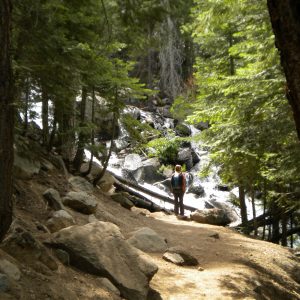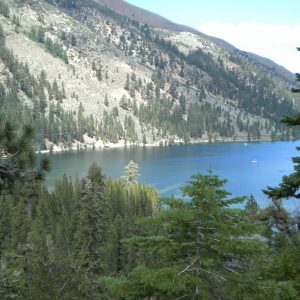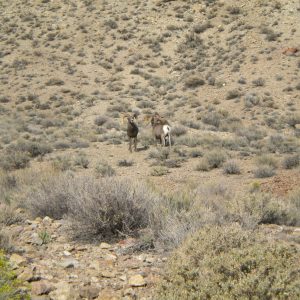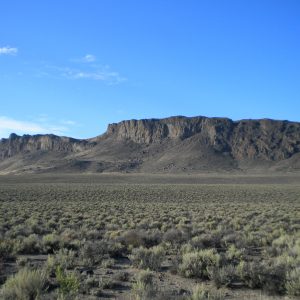When it comes to doing field work in South Florida, you will inevitably end up soaking wet. South Florida is surrounded by water, with Biscayne Bay and the Atlantic Ocean on the east side and the Gulf of Mexico to the west. An extensive system of canals, built in the 1950s and intended to drain the wetlands to create developable land, still works to pipe fresh water out into the bay. The most famous ecosystem in South Florida, the Everglades, is a flooded prairie whose resident flora and fauna are dependent on the water that makes the Everglades unique. Big Cypress National Preserve to the north of the Everglades is full of deep water cypress strands, and contains the bromeliads and Spanish moss that comes to mind when we think of swamps. To top it all off, all of South Florida sits mere feet above a massive freshwater aquifer.
In the course of doing work with the South Florida/Caribbean Inventory and Monitoring Network branch of the National Park Service, I have found myself wading through knee deep (or deeper!) waters in marshes of Big Cypress National Preserve and the Everglades, or taking on a good amount of sea spray as my crew travels across the bay.The cool thing about working for an I&M branch of the Park Service is that they work in regions of parks, not just in one, so I’ve gotten to spend time in three really different areas (Everglades, Big Cypress and Biscayne National Park). I started my internship on September 1st, so I feel like I’m just getting started!
While I was supposed to be only attached to one project, related to tracking invasive species, I’ve had the opportunity to work on several projects revolving around water quality since coming to work for the Park Service. In the first, we deployed paint can sized mechanisms, called Polar Organic Chemical Integrative Samplers (POCIS), in various locations in canals and in Biscayne Bay, in order to test for the presence of wastewater. They were left underwater for a month, and then retrieved and sent off for analysis. They test for compounds commonly found in cosmetics, and are so sensitive that you can’t wear sunscreen or bug spray when handling them.
In the second major project just last week, I got to go on a trip into Big Cypress to take samples of periphyton, a slimy conglomerate of different species of microscopic organisms, primarily algae. Periphyton doesn’t look like much, but it is the basis for the food chain in the wetlands. We took periphyton samples from areas that were only accessible by helicopter, while another team rode ATVs to pick up other samples. The samples will be sent off for analysis, and we’re hoping that different community compositions will reveal levels of pollution.
I applied for the CLM program hoping that I would figure out what I want to be when I grow up along the way. There have been many moments, both in the field and in the office doing various ArcGIS projects or simply data entry, where I have thought to myself “Yes! This what I want to do!” I feel incredibly lucky that I’ve gotten to have this experience and I am indebted to Dr. Kevin Whelan and the supercool staff of the SFCN office, and of course to Krissa and Marian (you ladies rock)!. I’ve learned so much about working for the National Park Service, doing scientific research, and living far from home and by yourself — and that doesn’t even include all the new plant and animal identification skills I’ve developed, or all the incredible things I’ve learned and seen about south Florida ecology. As a May college graduate, I couldn’t have asked for a better way to ease myself into the “real world”!
Carolyn “Lara” Ariori
National Park Service, South Florida/Caribbean I&M Network
Photos property of NPS SFCN








































































